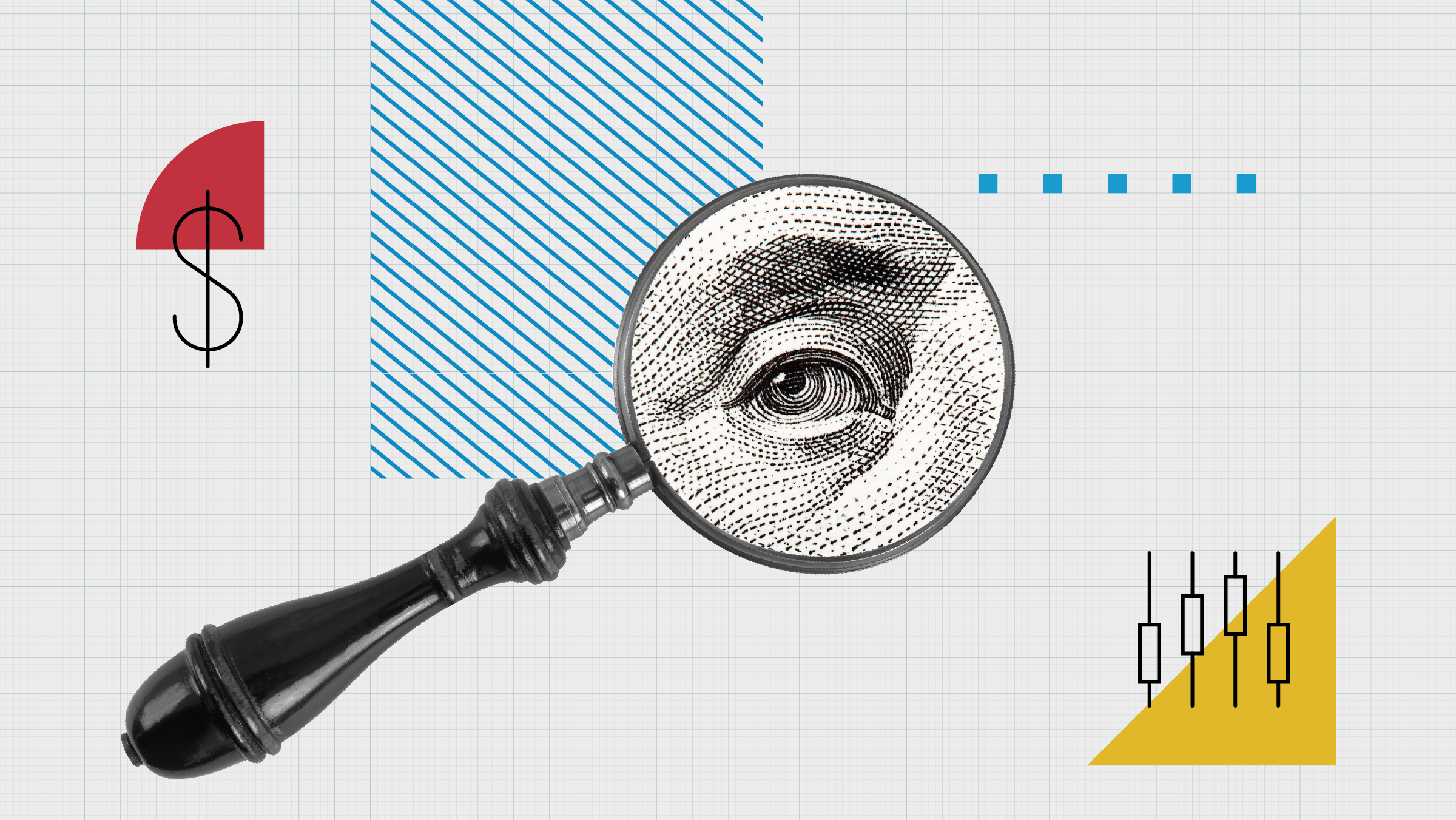Is your portfolio earning you the best possible rate of income? Are you prepared for this year's interest rate rise? We show you how to maximise yield and where to find dividend payers in our Guide to Income Investing.
Bond markets are dividing, as central banks across the globe adopt wildly differing policies. While the Federal Reserve raised rates for the first time in nine years in December, other major economies are choosing to cut rates. Japan is now in negative interest rate territory, after the yield on the 10-year Japanese government bond went negative on Monday for the first time ever after introducing the policy last week. The European Central Bank is expected to follow suit.
In the UK, government-issued bonds yields, also called gilts, fell following stock market volatility. On top of this divergence, a scandal emerged in Europe this week of a possible manipulation of the $1.5 trillion government bond market involving financial traders.
Bonds Still Provide a Steady Income
However, despite bond yields falling, the asset class still performs an important role in investors’ portfolios. This is because a bond is a type of fixed-income security that provides a reliable income to investors. Holding some bonds could also provide diversification, helping investors to preserve capital should they sustain losses on the equity side of the portfolio.
Going Passive for Your Fixed Income Exposure
Exchange-Traded Funds, or ETFs, are index-tracking passive instruments that can help investors get a wide exposure to bonds. ETFs are generally used to track the performance of a specific market index and they change in value throughout the trading day. They are real-time priced, which makes them very easy to trade and low cost, which means the maximum gains are paid to investors. Most importantly, ETFs can be used to add diversity to investors’ portfolio that can minimize the risk of investing in an individual asset.
As ETFs offer investors ability to access an entire index or universe at a low cost, a broad-based ETF can be good to hold as a core part within a portfolio.
Morningstar passive fund analysts identify the following three passive funds for investors looking for fixed income exposure.
iShares Core UK Gilts ETF (IGLT)
iShares Core UK Gilts is an ETF offering investors exposure to the performance of the UK government conventional bond market.
It aims to track the performance of the FTSE Actuaries Government Securities UK Gilts All Stock, an index that calculates the level of yields in the market for UK government conventional bonds. The fund covers around 40% exposure to the UK government bonds with maturity over 15 years which fits with the long duration nature of the UK government conventional bond universe. Also this ETF has exposure to other geographical areas within the fixed income universe. But investors should be aware of foreign exchange given in this exposure. The fund distributes dividends on a semi-annual basis.
The annual ongoing charge for this ETF is 0.2%, which stands at the top-end of the 0.1-0.2% range for ETFs offering exposure to the UK government bond market.
UK government bond yields have come off the summer 2015 highs, Jose Garcia-Zarate, Morningstar Senior Passive Fund Analyst says. Even accounting for downside risks to the outlook on account of global trends, the UK economy performance remains positive and is expected to be amongst the fastest-growing developed economies in the medium-term.
The government wants to legally enshrine an anti-budget-deficit doctrine, so as to facilitate a steady decrease in the public debt burden in a mid- to long-term horizon, Garcia-Zarate says.
He thinks that unless the economic outlook takes a negative turn, the likely path for UK gilt yields in the mid- to long-run remains biased to the upside.
iShares Core £ Corporate Bond ETF (SLXX)
iShares Core £ Corporate Bond UCITS ETF offers investors exposure to the British-Pounds-denominated corporate-bond market. This corporate bond tends to have much longer maturities than its EUR-denominated counterparts, largely owing to very active demand from pension funds. As a result, this ETF tracks an index with duration of between eight and nine years, which makes it vulnerable to higher capital losses relative to shorter duration funds at times of rising interest rates, Garcia-Zarate says.
But given the low inflationary outlook in the UK economy, Garcia-Zarate thinks it is highly unlikely to see interest rates rising anywhere near pre-crisis highs. This would weigh on bond valuations. However, by historical standards, yields would likely remain at comparatively low levels.
This accurately tracking ETF will be an interesting proposition for investors seeking passive diversified exposure to this market, says Garcia-Zarate.
For a UK-based investor, this ETF is suitable as a core fixed-income building block, whereas non-UK investors are more likely to see it as a tactical play, he says.
The annual ongoing charge is 0.2% which is average for ETFs in this asset category, according to Garcia-Zarate.
Vanguard Global Bond Index Fund
This Silver Rated passive fund offers a multi-asset fixed-income exposure to UK investors. Vanguard Global Bond Index GBP Hedged Fund is the ultimate one-stop shop for fixed income investing, covering all areas, including government bonds, corporate and issuance from all developed countries and is hedged in British Pounds, according to Garcia-Zarate. Therefore it primarily appeals to UK investors. Also the fund is managed as a multi-geographical team effort, with Vanguard’s three key centres: US, Europe and Asia Pacific which are responsible for the management of their domestic exposure.
The fund does a very good job at tracking its benchmark, says Garcia-Zarate. Considering the practicalities of the index, this level of accuracy is a strong positive. Volatility metrics are in sync with benchmark and have tended to come in below the average for the investment category on short and longer time horizons. Also Morningstar analysts value the fact that fund managers are also traders. This, in their view, helps them to cement their knowledge of the markets they track while also keeping trading costs tightly in check.
The ongoing charge for this fund is 0.15%, which is highly competitive relative to its category average, Garcia-Zarate says.































